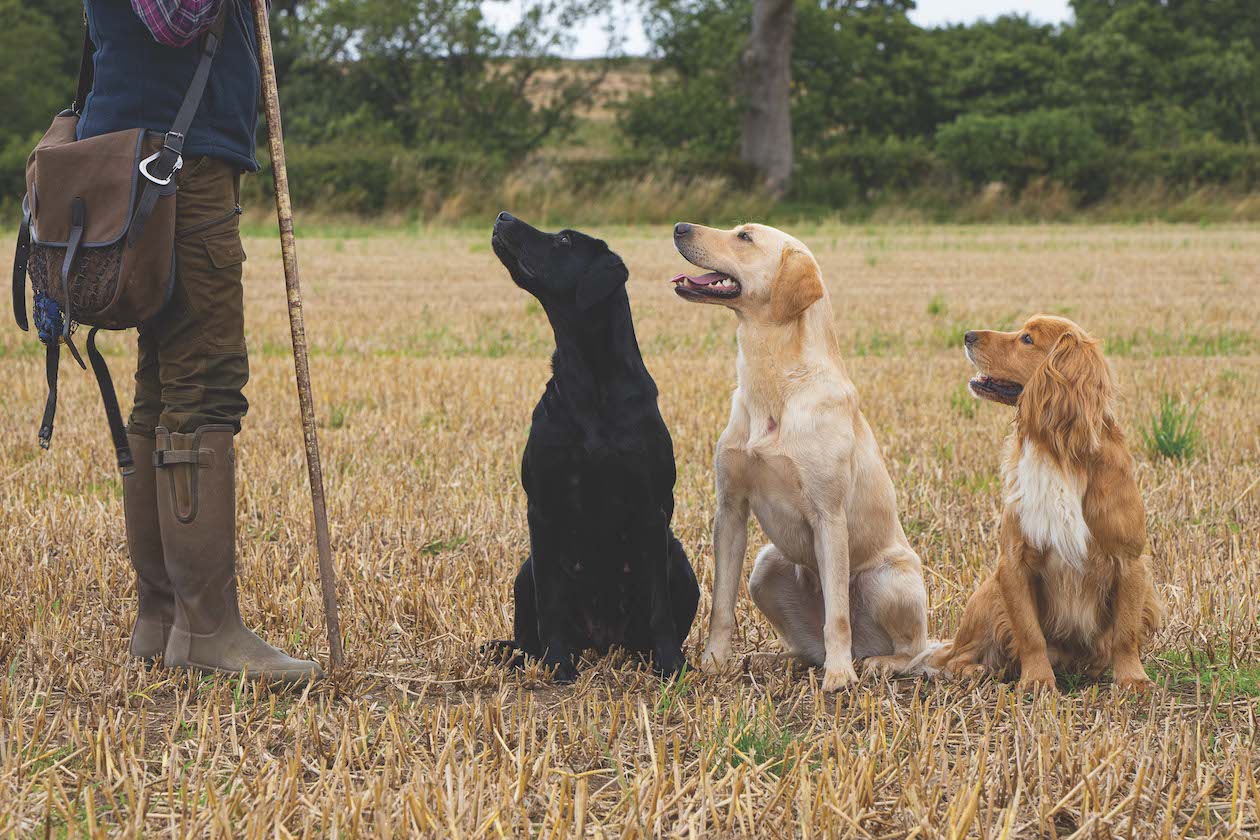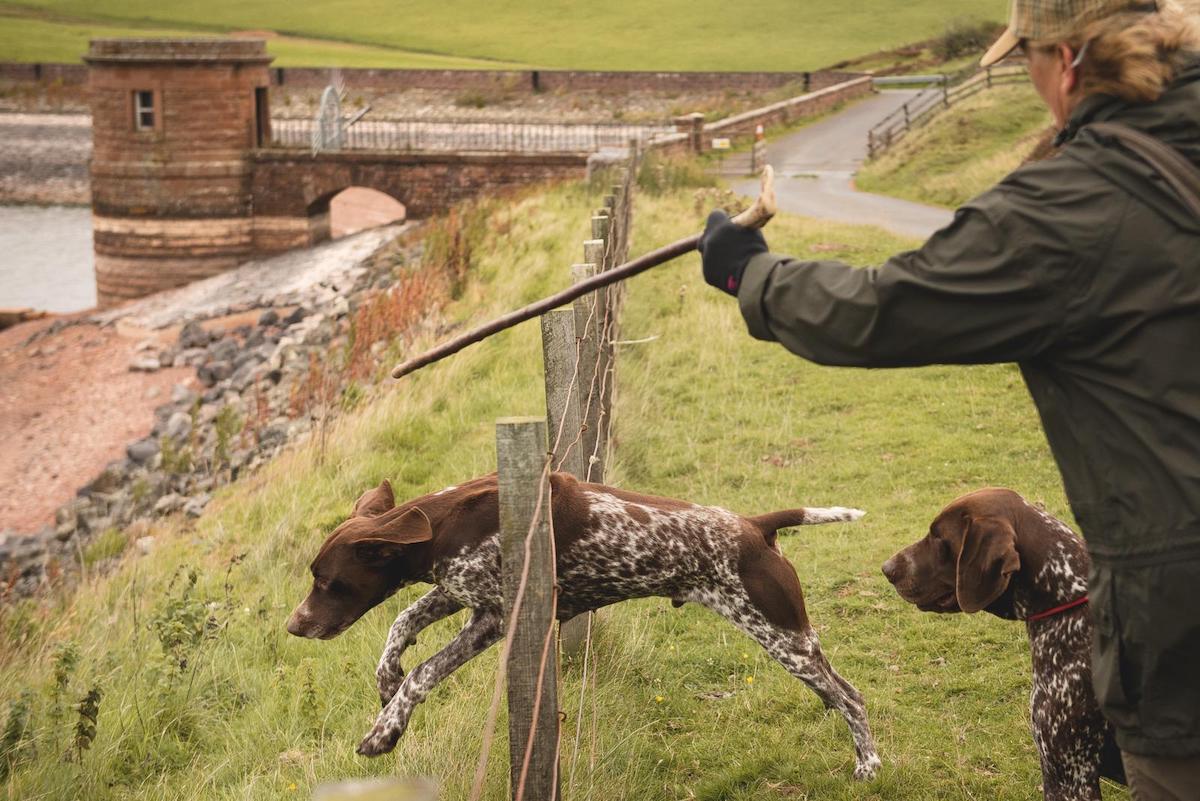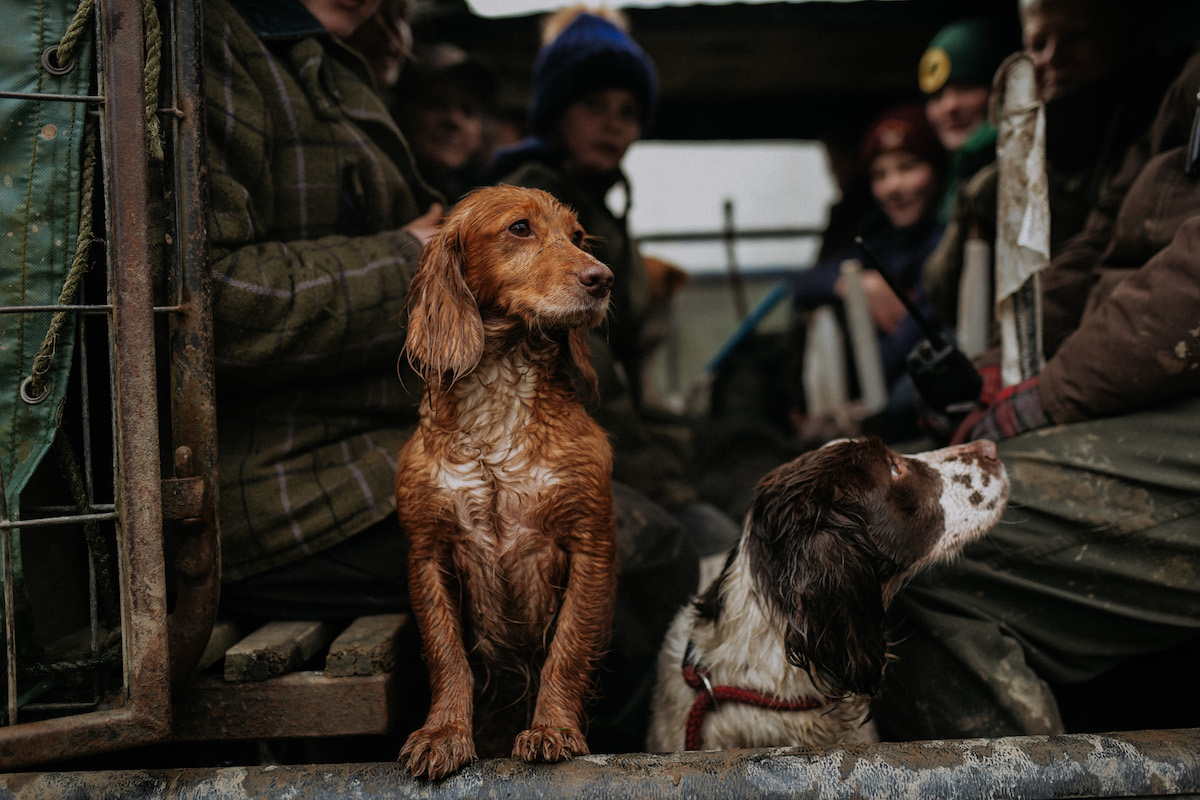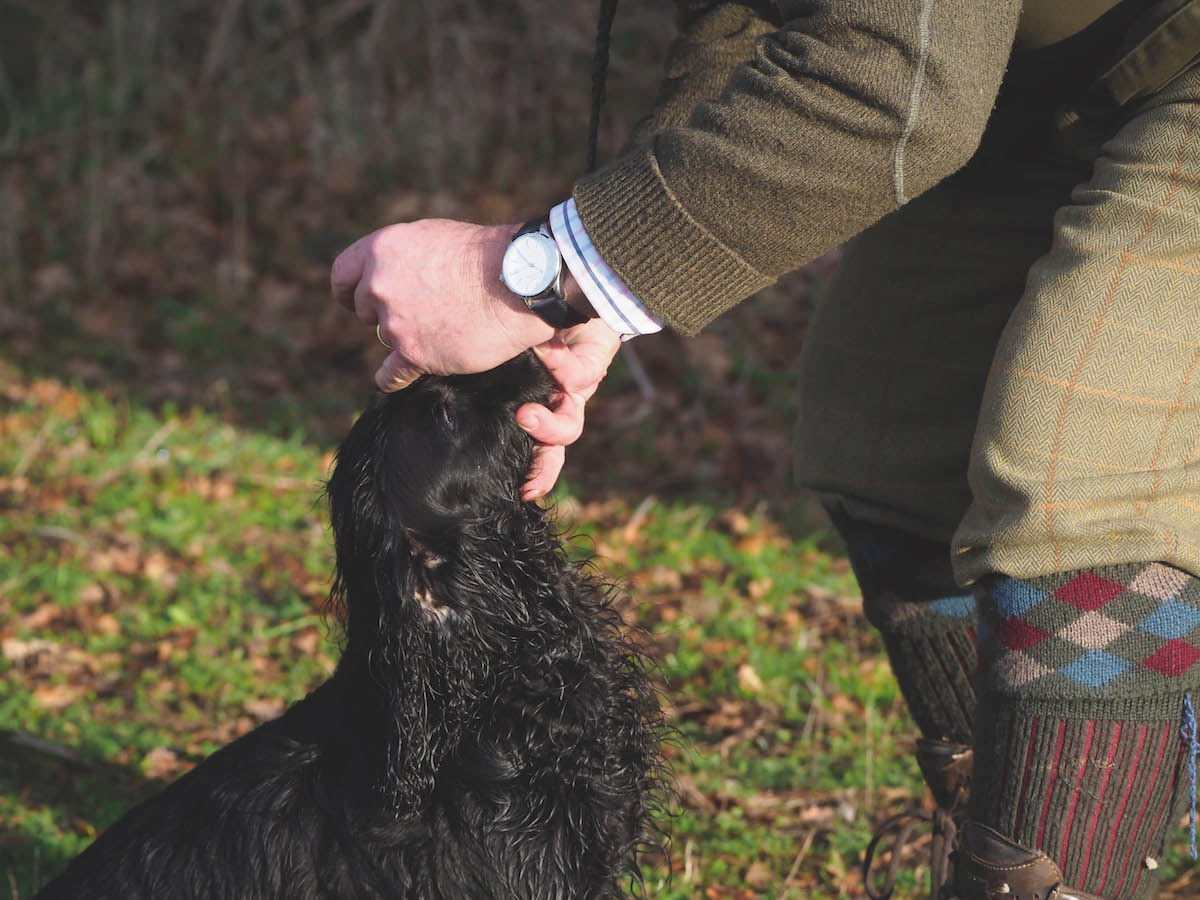14 checks for your dog’s health
How can you regularly check your dog's health? Vet Tony Buckwell gives a useful list.

It’s a good idea to get into the habit of routinely checking your dog’s health. Try following the schedule that I describe here, at least initially. Then, once you are used to regularly examining your dog, you can modify it to better suit your circumstances. (Read our list of the best dog beds here.)
When to check a dog’s health
You might find it easier to check on movement and behaviour while you are out training or working, then physically examine your dog on some other occasion. The important thing is to be thorough and consistent. Make use of all your senses, since abnormal sounds and smells can sometimes be the first indication that there is something wrong. (You might like to read gundog health tips every vet wishes a dog owner would know.)
- Note the general appearance and behaviour of the dog. The dog should adopt a relaxed posture when standing and move freely, with no signs of lameness.
- Notice if the dog shows any reluctance, resistance or resentment to being picked up or handled. The dog should show signs of normal social behaviour towards you, other people and other dogs.
- To physically examine the dog, start with the head. Note the external appearance of the eyes, ears, nose and muzzle. There should be no wounds and abnormal discharges.
- Look inside the mouth — inspect the teeth, the tongue, lips and the inside of its cheeks.
- The dog should be in good bodily condition, well muscled and neither too fat nor too thin for its age and weight.
- The skin should be loose when picked up, its coat sleek and glossy.
- Check there are no areas of hair loss, wounds or abnormal swellings.
- Observe and listen to the rate, rhythm and depth of breathing. The breathing should not be laboured.
- Listen for coughing or any exaggerated respiratory noises.
- Gently palpate the abdomen. The dog should not appear ‘tucked up’ and there should be no evidence of pain or discomfort, no swellings in its groin or belly button (such as an inguinal or umbilical hernia).
- If male, he should have two similar-sized testicles, fully descended in the scrotum.
- Ensure there is no abnormal discharge from either the sheath if male or the vulva if female.
- Finally, run your hands down the legs, feet and tail, checking for any abnormal swellings or signs of discomfort.
- Pick up the feet — the nails should not be overgrown and the footpads should not be cracked nor abraded.








